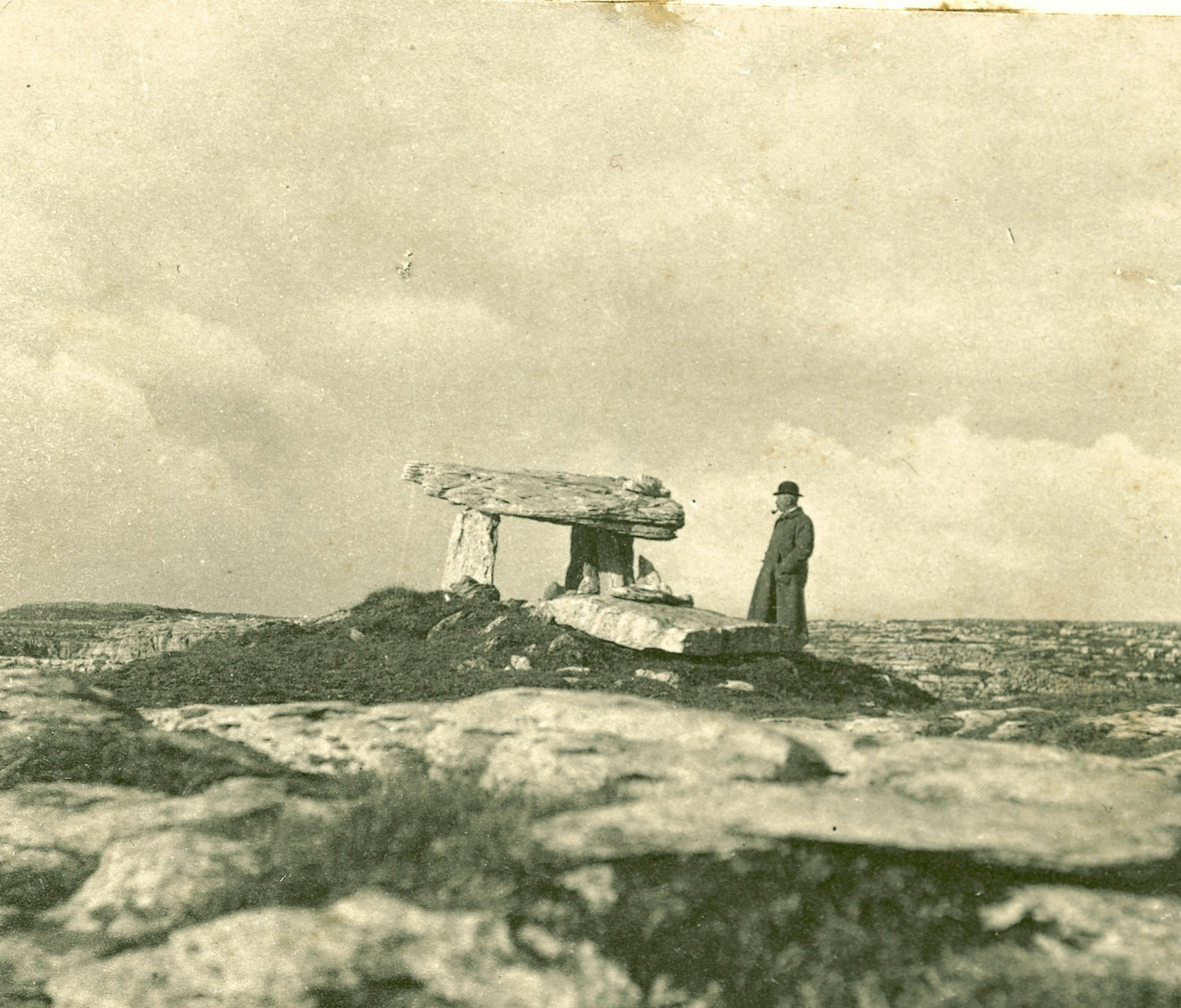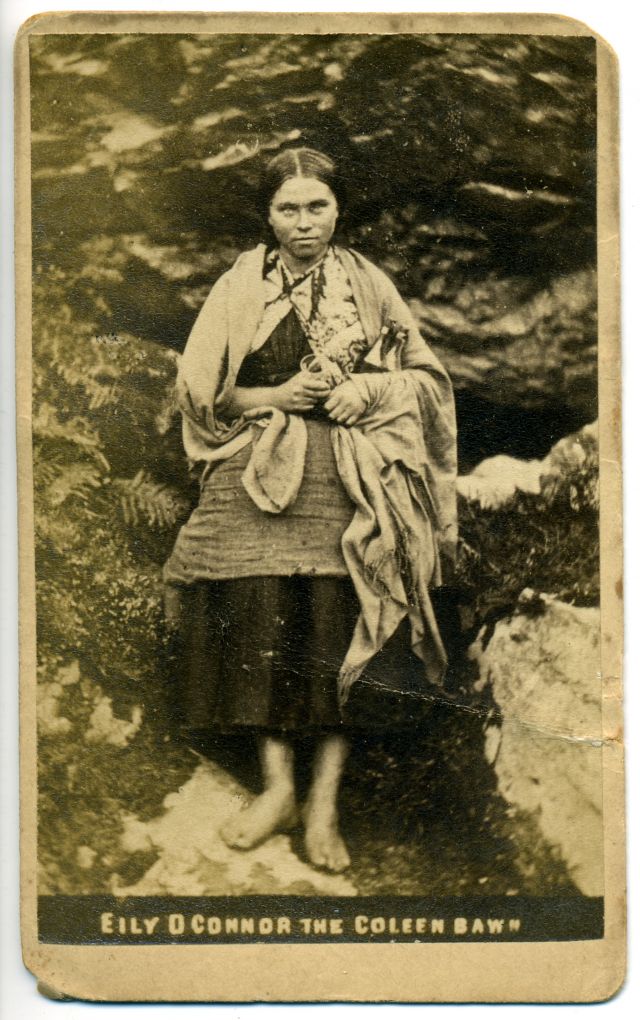Conferenza serale
Justin Carville: "A Visual Conception of the Mode of Life". Photographic Exchange, Lantern Slides and the Framing of Folk-lore

In 1896 the Zoologist turned ethnologist Alfred Cort Haddon, delivered a lecture at the Royal Society of Arts on Peasant Life and Industries in Ireland. Illustrated with lantern slides under sub-headings ranging from People to Women's Work and Transportation, the lecture set out to provide in the words of Haddon; 'a visual conception' of the folk-lore of rural Irish life. Throughout the mid-1890s Haddon delivered several illustrated lectures on folk-lore and ethnology that drew heavily on the exchange of photographs amongst amateur naturalists, ethnographers and antiquarians throughout the British Isles to visually conceive rural folklore. Haddon's lantern slide lectures reflected these networks of photographic and knowledge exchange in their enmeshing of the photographic object with the practices of inscription in field-work notebooks, and oral accounts of local folk-lore in an example of what W.J.T. Mitchell has identified as the 'braiding' of visual culture with oral and aural sensory experiences. Through a discussion of several accounts of lantern slide lectures in folk-lore by Haddon and correspondence with his network of amateur ethnologists, this paper explores the enmeshing of knowledge exchange with the circulation of photographs in the framing of folk-lore through the lantern slide. Drawing on literature from material culture and visual studies, the paper argues that the networks of photographic exchange that facilitated the production of the lantern slide as an image object contributed to the extra-visual sensory experiences that configured the knowledge-making potential of folk-lore photography. The paper will further explore how the lantern slide as a photographic image object coalesced the various practices of inscription involved in the meaning making of photographic visual knowledge.
Justin Carville teaches Historical & Theoretical Studies in Photography and is Chair of the Photography programme at Dun Laoghaire Institute of Art, Design and Technology. He is a former Government of Ireland Senior Research Scholar in the Humanities and Social Sciences, and Government of Ireland Research Fellow in the Humanities and Social Sciences and has published widely on the history of photography. He has guest edited a special Ireland-themed issue of The Journal of Early Popular Visual Culture, and a special issue of Photographies on globalization and the photographic image. He is the author of Photography and Ireland (Reaktion, 2011) and Visualizing Dublin: Visual Culture, Modernity and the Representation of Urban Space (Peter Lang, 2013).
12 giugno 2017, ore 18:00
Kunsthistorisches Institut in Florenz
Max-Planck-Institut
Palazzo Grifoni Budini Gattai
Via dei Servi 51
50122 Firenze
Avviso
Questo evento viene documentato fotograficamente e/o attraverso riprese video. Qualora non dovesse essere d’accordo con l’utilizzo di immagini in cui potrebbe essere riconoscibile, da parte del Kunsthistorisches Institut in Florenz a scopo di documentazione degli eventi e di pubbliche relazioni (p.e. social media) la preghiamo gentilmente di comunicarcelo.



